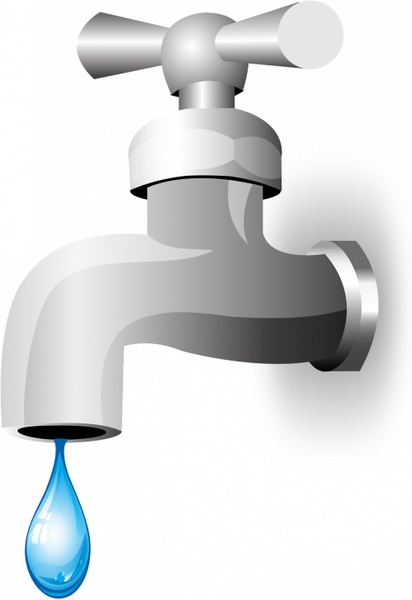
Water and sewer rates will increase in Fiscal Year 2022, but not as sharply as this year’s rate hike.
Tuesday night, the Town Council approved the Water and Sewer rates, which include a 3.2 percent increase for both water rates and sewer rates. During the last water and sewer rate adjustment, rates went up by more than 8 percent.
Town Auditor Tom Tracy said last year’s large increase was part of a plan to rebuild depleted reserve accounts for the Water and Sewer operations. Both of the accounts operate as enterprise funds, which are independent of the Town’s Operating budget and are self-sustaining using payments from water and sewer customers. This closed system can lead to increasing bills even when people use less water, because the same amount, or more money, must be raised with less water being used.
The rates for a customer using up to 3,000 cubic feet of water will go from $4.99 to $5.15 per 100 cubic feet, Tracy said. For 3,001 to 30,000 cu. ft., the rate goes from $7.75 to $8. For over 30,000 cubic feet, and for irrigation, the rate goes from $12.23 to $12.62. The bill for someone using 500 cubic feet per quarter would go from $377.39 to $389.38, or an increase of $11.99 a quarter, Tracy said.
Anthony Donato said that water rates are one of the biggest complaints he gets as a Town Councilor. He said he was glad to see the increase was less than 2021.
“I appreciate that the administration came forward with a proposed 3.2 percent increase. The increases in 2021 had an impact on residents of this community,” Donato said. “I imagine my fellow councilors would agree that they hear more about increases in water bills than on increases in property taxes.”
Town Councilor Tony Palomba asked if Town officials could look for ways to provide some relief to residents who will struggle to pay the increased water bills.
Councilor John Gannon asked whether the Town officials noticed whether, due to the rate increase and the effects of the pandemic, residents struggled to pay for water bills over the past year.
Tracy said the Town is still closing the books on Fiscal Year 2021, so he does not know the final actual collected funds vs. the amount budgeted. He added that he did not notice a significant difference compared to previous years.
The Town received a report from the water and sewer consults prior to making the Fiscal Year 2021 budget which showed that the payments from water and sewer customers were not paying for the cost of operating the Town’s water and sewer rates, Tracy said. A report was submitted which recommended increasing rates over the next few years to not only pay for the cost of running the system but also to rebuild the retained earnings, which are used as a reserve fund.
Due to the pandemic, and a turnover in the Department of Public Works leadership, Tracy said the Town Council’s Budget & Fiscal Oversight Committee had not had a chance to review the study and come up with a plan for rates for future years.
Councilor Lisa Feltner said she looks forward to the Budget & Fiscal Oversight Committee meeting, and asked if DPW officials could reach out to the consultant to get the latest water and sewer usage for Fiscal Year 2021, and update the study using those numbers.
See the report on the water and sewer rates from the Town Council agenda by clicking here.
The water and sewer rates need a deep dive scrub to determination the root causes of continual cost increases year after year. Something is amiss here. This article does not seem accurate and does not make sense. Why would irrigation only usage rates which contribute no cost to water treatment have a higher rate than those rates for water and sewer combined usage? Doesn’t irrigation use have stepped rates as does the combined usage?
The irrigation rates have always been higher. Those are for people who have a separate metered irrigation line.
You can see the rate chart in this document https://www.watertown-ma.gov/DocumentCenter/View/32512/2021-06-22-FY22-Water-and-Sewer-Rates
I think your reaction is similar to what Councilor Donato was talking about. The rates do tend to go up. Not sure if I explained how the enterprise fund works well, but all the costs of running the system, including the staffing, is paid from water and sewer rates. When people use less water, the rate goes up because it has to make up the same budget (or higher) with less water being used.
But irrigation water is not charged the sewer charge, right? it comes in but doesn’t go out to Deer Island, it just infiltrates into the ground or at worst runs off into the storm drains.
Yes, irrigation rates are higher, but are not charged a sewer rate. It is still cheaper to water your lawn/garden with an irrigation line than a regular metered rate.